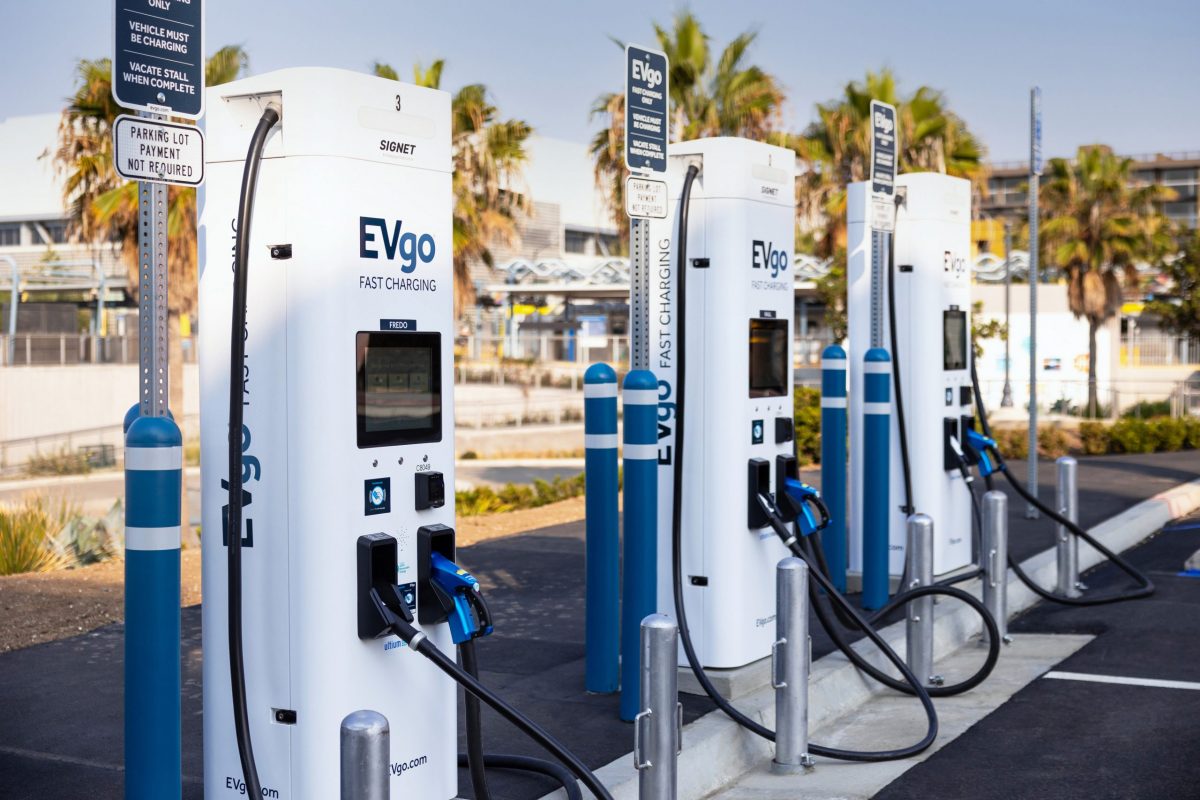Today, manufacturers are tasked with developing increasingly efficient engines, despite carrying greater loads and running at higher engine speeds. At the same time, the need for durability remains paramount. It is a balancing act between high power and low maintenance.
The work that bearings do in various areas of a vehicle often goes overlooked. Hidden out of sight, they are critical components from an efficiency, performance and safety standpoint. Within the powertrain, bearings take much of the strain.
Given the industry’s current focus on exciting future mobility solutions, bearings are arguably one of the less sexy areas of innovation. However, the right layout and design can make a world of difference to the performance and longevity of a powertrain. As with most areas of modern vehicles, software can lend a helping hand by virtually modelling and testing designs. There are a handful of major bearing groups within an internal combustion engine (ICE) that can benefit from such programmes, primarily those used by the camshafts, piston pins and crankshaft.
Bearings can be small and relatively cheap, but they sit next to probably the most expensive parts of your powertrain
“Bearings hold the rotating elements and carry the loads generated by an ICE. There are high loads acting on these bearings, which means they should be durable, and should not crack or wear out,” advised Mustafa Duyar, Product Manager, Virtual Dynamics at FEV, during a recent Automotive World webinar.
Keep them sealed, keep them safe
Bearings are designed to relieve the primary sources of mechanical friction, which can have debilitating effects on an engine. More friction means the engine needs to work harder, and that increases fuel consumption and tailpipe emissions. “We need to properly design bearings and minimise that friction,” Duyar affirmed.
Corrosion protection is also a key factor to consider. While vehicles are largely open to the elements, bearings must be sheltered from harmful chemicals and salt that can be found on the road. A broken seal can mean the bearings rapidly lose their durability and thus no longer serve as a way of keeping friction in check. From a mechanical standpoint, that is bad news to say the least.
Bearings hold the rotating elements and carry the loads generated by an ICE. There are high loads acting on these bearings, which means they should be durable, and should not crack or wear out
“I have seen some engines where bearing wear has created ‘micro chips’ that enter the oil, which subsequently find their way into highly dynamic parts of the engine,” observed Swapnil Shah, Applications Engineer, Virtual Dynamics at FEV. “This could potentially lead to engine failure. Bearings can be small and relatively cheap, but they sit next to probably the most expensive parts of your powertrain.”
Bearing defects can even lead to a failure of the crankshaft, he warned, which is “completely unacceptable” given that it essentially enables the vehicle to move.
More miles, more wear
With this in mind, FEV has devised advanced simulation software called Virtual Dynamics, which can create dynamic virtual models of various powertrain components and systems.
The software is designed to be intuitive and flexible from the start of a bearing design—known as the kick-off point—right the way through to start of production. Developers are able to make faster calculations, reduce testing time and ultimately increase the quality of the final product. In an industry where development cycles are becoming shorter and shorter, FEV’s Shah believes that simulation software such as Virtual Dynamics is vital in ensuring time and money does not go to waste. And with an eye to future mobility, the importance of accurate virtual modelling will only grow.
Every micro-percentage improvement you can make helps
Many automakers today are looking to introduce shared mobility platforms. As part of that, vehicle utilisation and miles travelled are expected to soar. “As mobility becomes more convenient and less expensive with shared autonomous vehicles, people will travel more,” explains Michael Flynn, Global Financial Advisory Public Sector Leader at Deloitte.
This means that powertrain bearings, and other bearings in the vehicle, will ultimately be subjected to more sustained stresses over the vehicle’s lifetime. “This increases the importance of modelling design,” said Shah. “If the same design is to be used a million times or ten million times, then every micro-percentage improvement you can make helps.”
Bearings analysis will likely need to be carried out at an even higher level in future. Automakers would struggle to carry out the necessary testing in the real world due to time and cost constraints, but simulation software should face no such problem, and ensure that designs can adapt accordingly.



